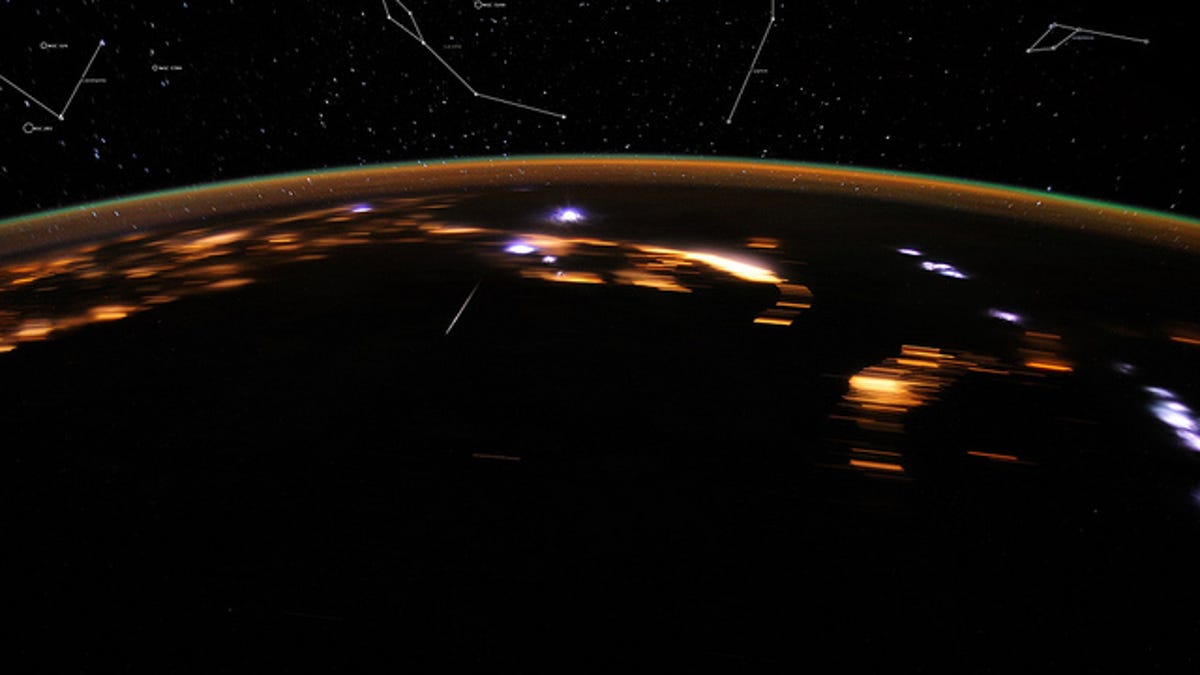NASA to Webcast Lyrid meteor shower Monday night
A camera at the Marshall Space Flight Center in Huntsville, Ala., will broadcast live images of the space fireworks show.

The Lyrid meteor shower is peaking right now, and NASA wants to make sure you don't miss this once-a-year space fireworks show.
Mindful that some stargazers may not have optimum viewing conditions because of local weather conditions or the moon's glow, NASA has set up a camera at the Marshall Space Flight Center in Huntsville, Ala., to broadcast live images of the meteor shower.
"If you'd like to catch a last look at 2013 Lyrid meteror shower, this is your chance!" NASA said in a statement. "Although a bright moon may interfere with viewing, you should still be able to see Lyrid meteors at an anticipated rate of 10-20 meteors per hour."
The meteor shower occurs every year in mid-April when the Earth collides with the debris stream of the Comet C/1861 G1 Thatcher. Along with Sunday night, Monday night is expected to be the peak activity for the shower, producing up to 20 visible meteors each hour Monday night into Tuesday morning.
The Webcast begins at 5:30 p.m. PT and runs through Tuesday morning. See Webcast below:

